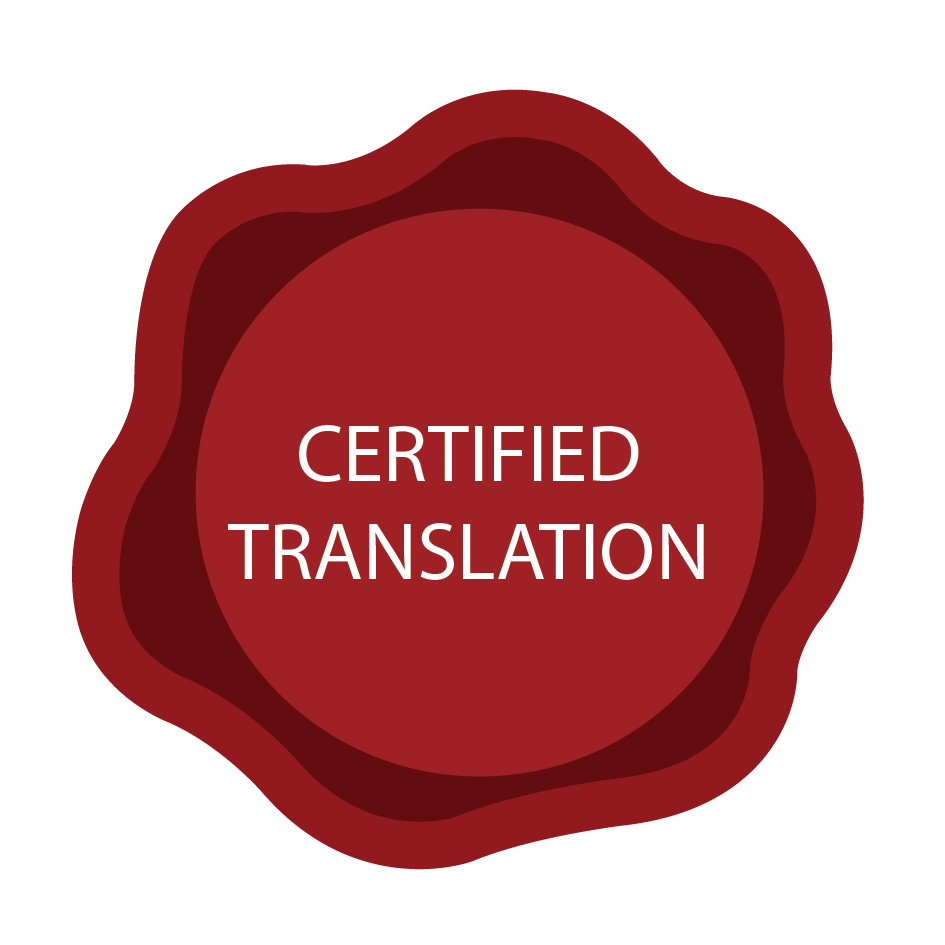What is a sworn translator?
 Since 1 January 2009, the Sworn Court Interpreters and Translators Act (Wbtv) has been in force. This Act replaces older legislation on sworn translators and stipulates, among other things, that a large group of purchasers in the justice and police departments is required to use sworn interpreters and translators under the applicable criminal and immigration law. One of the instruments for implementing the Wbtv is the Register of Sworn Court Interpreters and Translators (Rbtv) in which all sworn interpreters and translators in the Netherlands are registered.
Since 1 January 2009, the Sworn Court Interpreters and Translators Act (Wbtv) has been in force. This Act replaces older legislation on sworn translators and stipulates, among other things, that a large group of purchasers in the justice and police departments is required to use sworn interpreters and translators under the applicable criminal and immigration law. One of the instruments for implementing the Wbtv is the Register of Sworn Court Interpreters and Translators (Rbtv) in which all sworn interpreters and translators in the Netherlands are registered.
Only interpreters and translators registered in the Rbtv are authorised to work in the Netherlands, under Dutch law, as sworn interpreters and/or sworn translators. Inclusion in this register involves a strict admission process that includes the submission of a certificate of good conduct. I am listed in the register of Sworn Court Interpreters and Translators under Wbtv number 10087.
What is a certified translation?
 A certified translation is a translation that was done in a legally valid manner and certified by a sworn translator. A certified translation is required for official documents that need to be translated for official government authorities and institutions. Authorities and government agencies usually require certified translations to ensure the translation is accurate, complete and in accordance with the source text.
A certified translation is a translation that was done in a legally valid manner and certified by a sworn translator. A certified translation is required for official documents that need to be translated for official government authorities and institutions. Authorities and government agencies usually require certified translations to ensure the translation is accurate, complete and in accordance with the source text.
A certified translation can only be done by a sworn translator. In accordance with the Sworn Court Interpreters and Translators Act, a certified translation may only be provided by a translator who is listed in the Register of Sworn Court Interpreters and Translators (Rbtv). In addition, the translator must be sworn in by a Dutch court and be registered with one or more courts.
Documents submitted to government institutions are usually required to be certified translations, as with: birth certificates, marriage certificates, divorce certificates, single status declarations, diplomas.
Form requirements certified translations
Certified translations must be bound and provided with an original stamp, an original signature of the translator and a so-called translator’s declaration. A legible copy of the original document must also be attached. With certified translations, it is important that every dot and comma is translated literally, the layout of the original is maintained as much as possible and any graphic elements from the original are included in the translation. For this reason, it is important that the documents provided are clearly legible and a high quality scan is required.